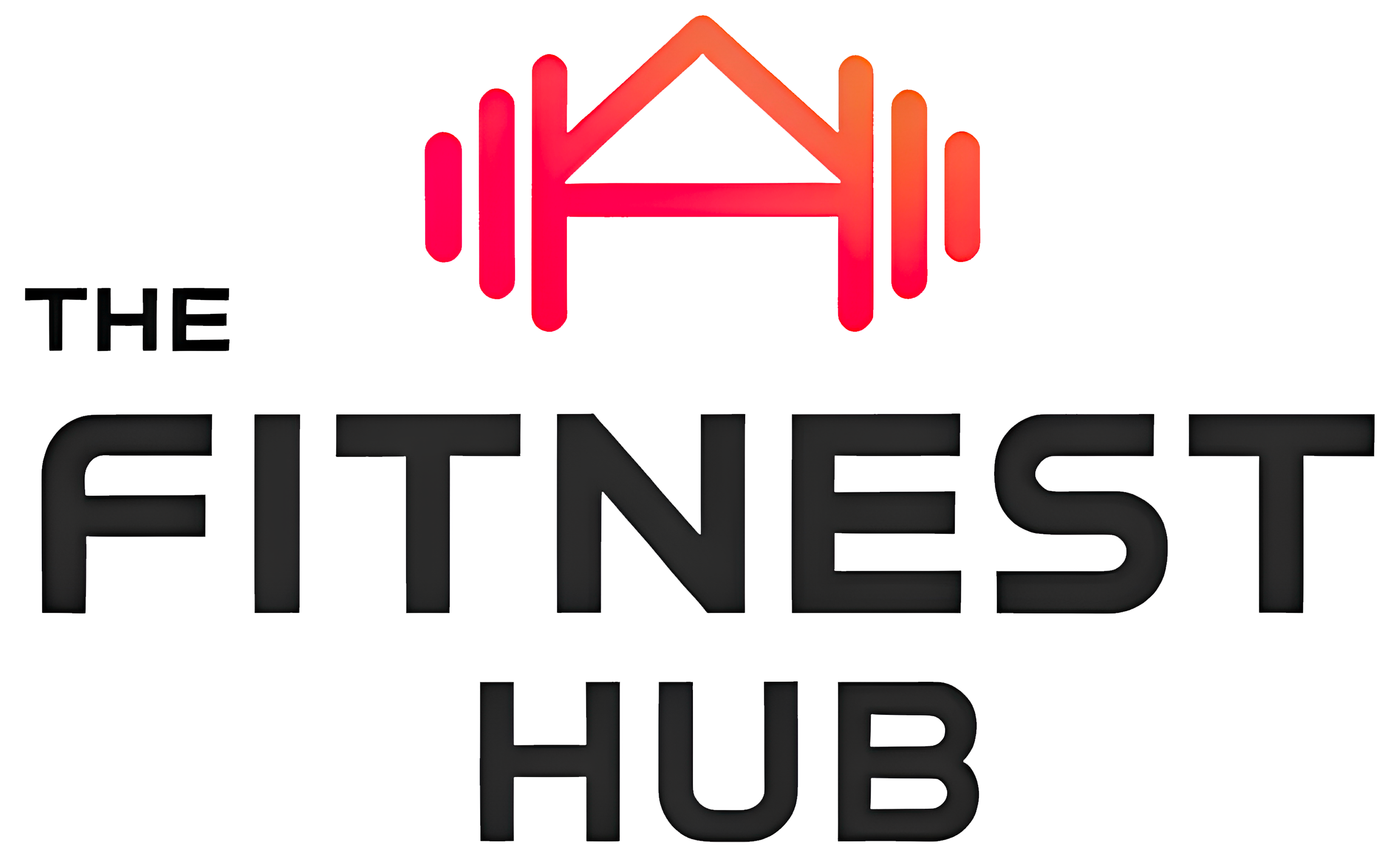It’s a simple yet highly effective bodyweight exercise that targets the glutes, hamstrings, and core. Suitable for all fitness levels and doable anywhere without equipment, the glute bridge is ideal for improving hip stability, strength, and muscular control.
What Is the Glute Bridge?
The glute bridge is a bodyweight movement in which you lift your hips off the ground by contracting your glutes and hamstrings. It not only strengthens the posterior chain but also helps improve core stability and hip mobility. You begin lying on your back with your knees bent, feet flat on the floor, and arms at your sides. Then, you lift your hips until your shoulders, hips, and knees form a straight line.
The key to this exercise is controlled movement — a smooth lift and a slow descent maximize muscle activation while minimizing the risk of improper compensation.
Benefits of the Glute Bridge
1. Strengthens Glutes and Hamstrings
This exercise effectively targets the gluteus maximus, the largest glute muscle, along with the hamstrings. It also engages the gluteus medius and minimus, helping to improve hip stability and muscular balance. Consistent training can prevent postural issues and improve movement efficiency, making it a staple for lower body health.
2. Improves Core and Pelvic Stability
The glute bridge activates your core and lower back muscles, promoting better pelvic alignment and preventing lower back pain. A strong core reduces pressure on the spine and helps distribute load more efficiently during daily activities and workouts. It also increases postural awareness and supports proper spinal alignment.
3. Reduces the Risk of Injury
Strengthening the glutes and hamstrings helps prevent muscle imbalances that can lead to knee or lower back issues. A balanced posterior chain ensures better load distribution during movement, reducing joint stress and enhancing full-body function. It’s especially important for athletes who need joint stability and efficient biomechanics.
4. Improves Posture
A stable and strong pelvis supports proper posture and reduces tension in the lower back and neck. Well-developed glute and hip muscles help align the spine and promote balanced weight distribution, reducing fatigue and chronic pain. This leads to better endurance during both workouts and everyday movement.
5. Suitable for All Fitness Levels
Beginners can use it as a foundational movement, focusing on slow and controlled execution. For more experienced lifters, it can be made more challenging with added resistance, single-leg variations, or instability tools like a stability ball. This makes the glute bridge highly adaptable and ideal for progressive training.
How to Perform the Glute Bridge Correctly
Starting position: Lie on your back with knees bent, feet flat on the floor, and arms at your sides.
Engage the core: Tighten your abs to stabilize the pelvis.
Lift the hips: Press through your heels and raise your hips until your body forms a straight line from shoulders to knees.
Pause and contract: Hold the top position for 1–2 seconds and squeeze the glutes.
Controlled return: Lower slowly back to the starting position.
Common Mistakes to Avoid
- Overarching the lower back: The lift should come from the glutes, not the lumbar spine.
- Incorrect foot placement: Keep feet at a distance where your knees form roughly a 90° angle.
- Inactive core: Your abs should stay engaged throughout the movement for full-body stability.
Glute Bridge Variations
To keep things challenging and stimulate different muscles, try these variations:
- Single-leg glute bridge: Lift one leg off the ground to isolate one glute at a time.
- Weighted glute bridge: Place a dumbbell or weight plate on your hips for added resistance.
- Glute bridge with stability ball: Place feet on a ball to increase instability and core engagement.
- Hip thrust: Similar movement, but with your upper back on a bench for increased range of motion and load capacity.
How to Include the Glute Bridge in Your Workout
- As a warm-up: Use 2–3 light sets to activate the glutes before a workout.
- In your main workout: Combine with squats and lunges for a complete lower body routine.
- As a finisher: Burn out your glutes and hamstrings with high-rep sets or isometric holds at the top.




